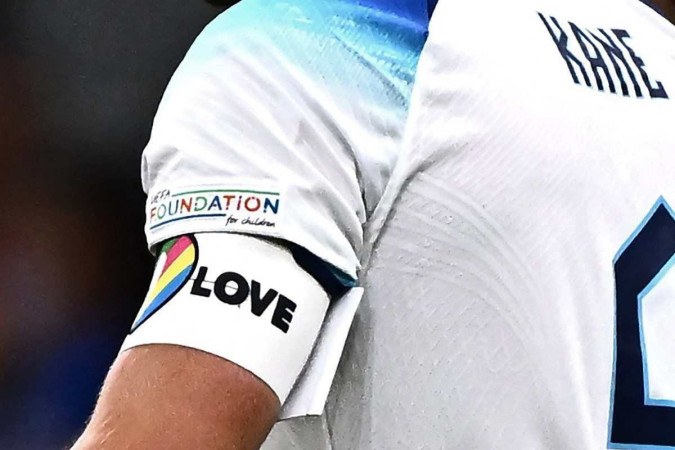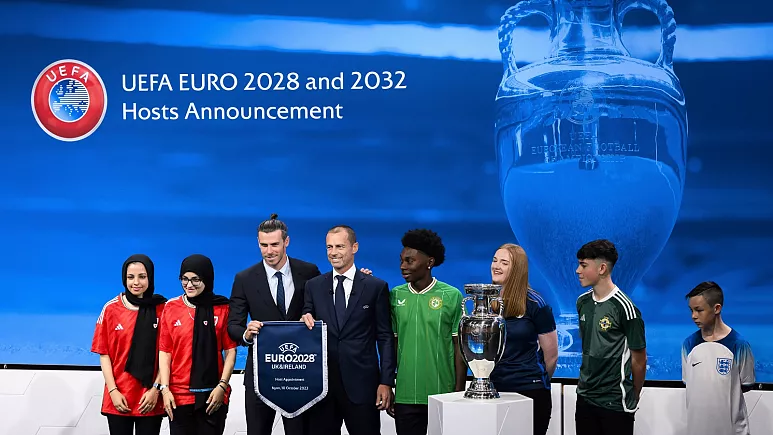
From France to Japan to the United States, TV viewers are in World Cup in Qatar It remains big despite boycott calls and the contest’s fall schedule.
FIFA celebrated, last week, “The World Cup is very popular”, when analyzing the audience for the opening match of the competition between Qatar and Ecuador, which has gone up in some countries compared to the 2018 Russia Cup.
This was the case in countries such as Brazil (average 24.3 million viewers, +6%), the United Kingdom (6.3 million, +57.5%), Colombia (5.5 million, undisclosed increase) or France (5.1 million, +30%). ).
However, the competition has raised many controversies since December 2010, when Qatar was chosen as host, largely due to a lack of respect for human rights or environmental protection in the country.
But in times of declining television viewership, a medium suffering from the growing popularity of content produced on the Internet, “major sporting events remain among the last planetary events” of a uniform nature, analyzes Christophe Lippetit, of the Center for Sports Law and Economics from Limoges, France.
The economist added that this statement, which was confirmed in every World Cup or European Nations Cup, “was not denied this year.”
‘out of the house’
In France, where “Bleus” viewership numbers ranged between 11 and 13 million for the first two games, Philip Bailly of NPA Conseil confirmed to AFP that “there is clearly no effect of the boycott”.
However, these figures, which are close to those of 2018, have nuances, warned Christophe Lippetit, noting that they are relatively less if we take into account the entire population that was in front of the TV.
In Spain, more than 11 million viewers watched the national team’s match against Germany, which represented “the most watched program of the year among all broadcasters” in the country, according to public television TVE.
However, four-time world champions Germany are experiencing an unusual disappointment on the part of their fans. In 2018, their first three matches averaged over 26 million viewers in the country, up from 9 million this year in the loss to Japan and 17 million in the tie against Spain.
The reasons are multiple: revelations about the living conditions of foreign workers in Qatar and human rights violations in the country undermined the interest of the German public before the start of the competition. Some of the most active fan groups have even called for a boycott of the competition.
Unique moment
At the continental level, according to the calculations of the French magazine Challenges, only 54 million Europeans watched the first match of their national team, compared to 94 million in 2018.
But care must be taken when making comparisons from one World Cup to another, as the numbers can vary depending on the time or day the matches will be played.
For Christophe Lippetit, this is “part of a more global context to reduce television consumption of this type of programme”, with the most interesting games focused on peak audiences and the best moments to be seen online.
On the other hand, Africa, South America and Asia assert themselves as “markets that demand high-level football content”, and are not necessarily involved in “Western boycott-related debates”.
It seems hard for these fans to despise the “one moment” when their teams face off against the “best players in the world”.
In Japan, the crowd cheered the “Samurai Blue” to a surprise 2-1 victory over Germany. Despite the late time, the match had a viewership rating of 35.3% in the Tokyo area, according to Video Research.
On the other side of the world, the match between the United States and England set a record audience for a men’s soccer match in the United States, averaging over 15 million viewers, according to FOX Sports.
Do you already have a table to follow the cup? Print a file🇧🇷

“Lifelong web fan. Incurable internet junkie. Avid bacon guru. Social media geek. Reader. Freelance food scholar.”







